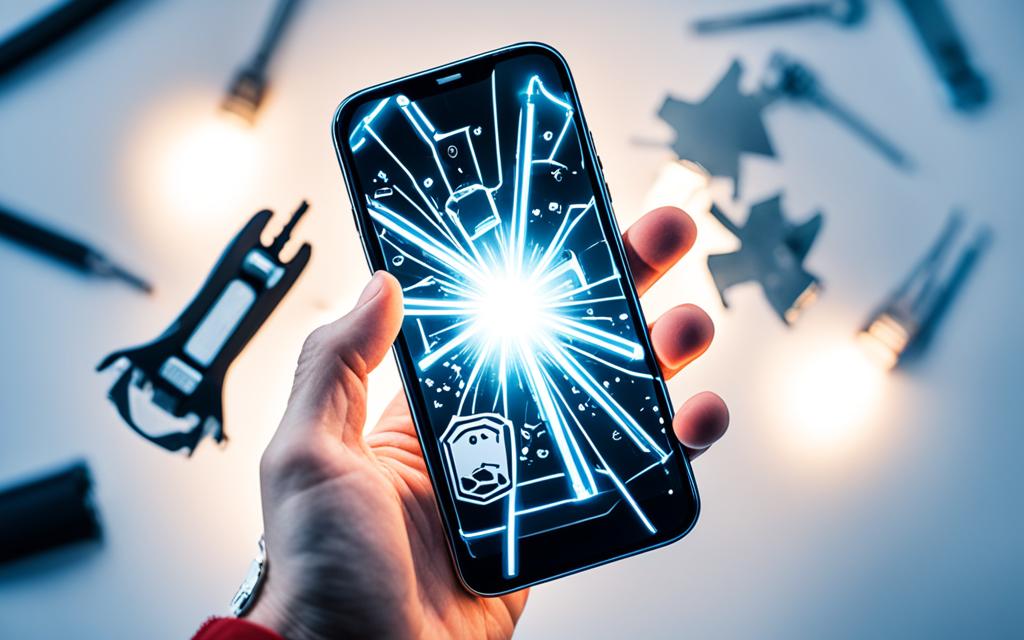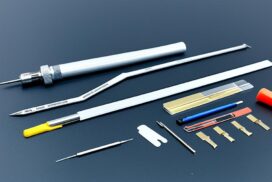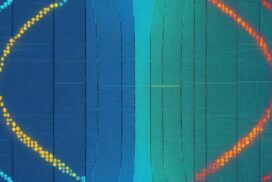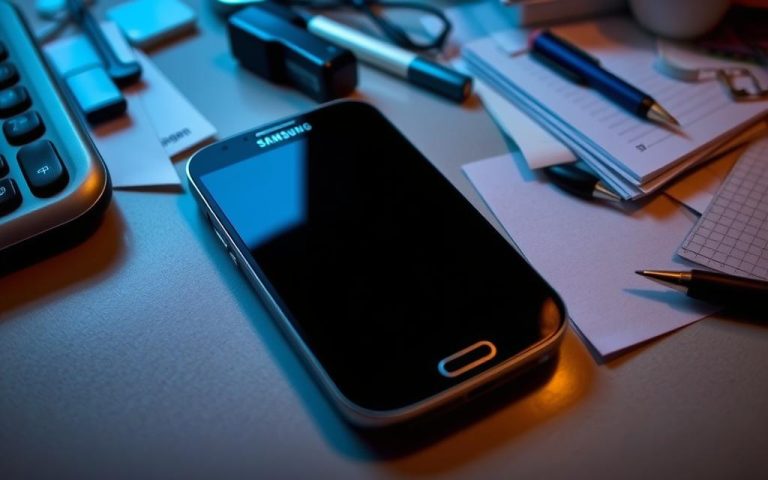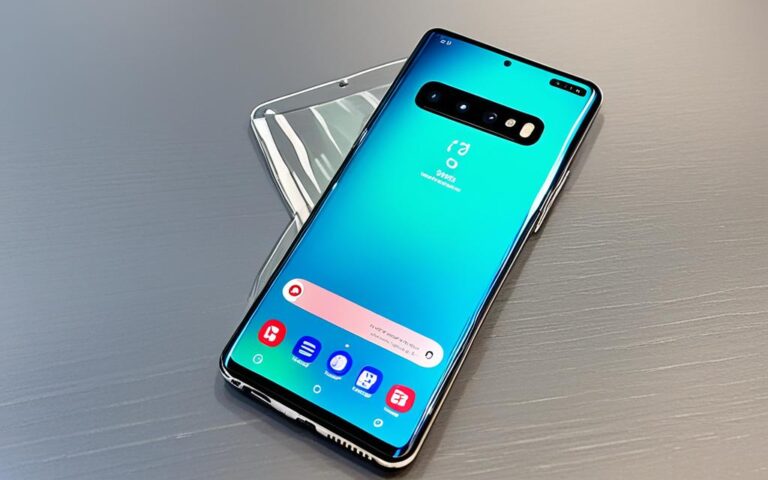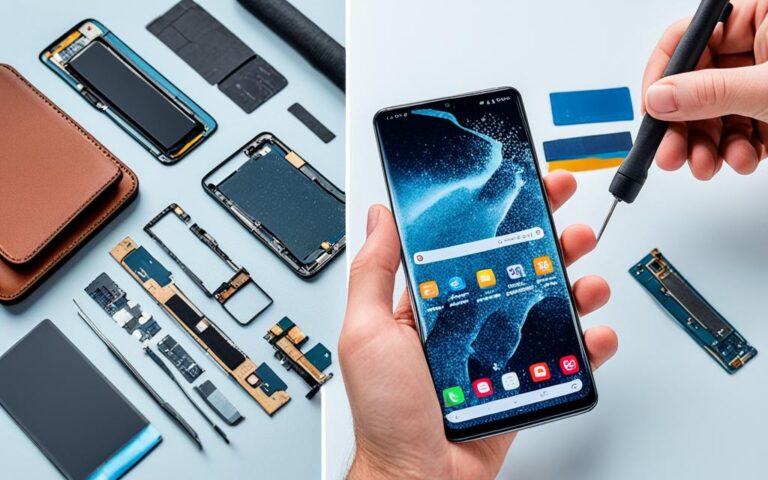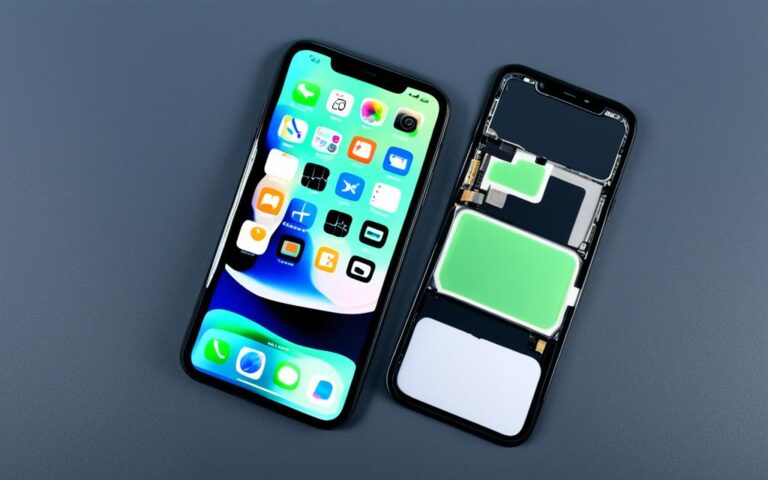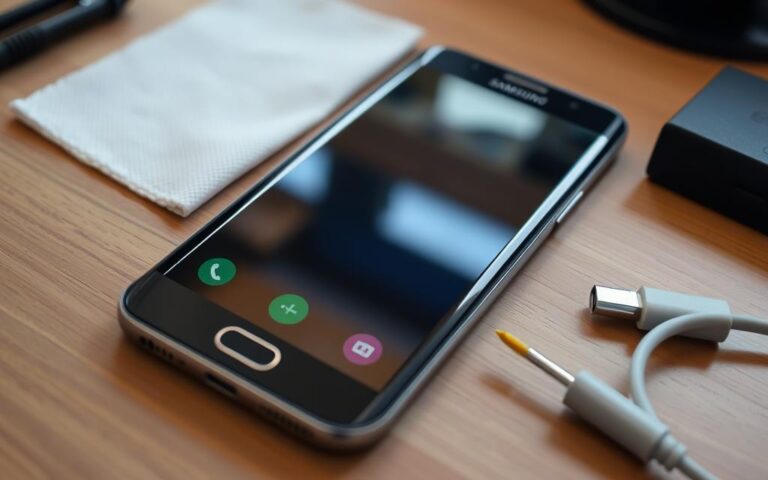Phone Flash Repairs for Better Lighting in Photos
Phone flash repairs are essential for improving the lighting in photos and achieving better quality shots. Whether you’re facing issues with overexposure, blown highlights, or harsh shadows, phone flash repairs can restore brilliance and clarity to your images.
In this article, we will explore various tips, techniques, and tools that can help you fix bad lighting in your photos and enhance the overall lighting effects. These tips include using editing software, adjusting exposure settings, utilizing your camera’s manual mode, and utilizing fill flash techniques.
Join us as we delve into the world of phone flash repairs and discover how to improve the lighting in your photos.
Use Editing Software to Enhance Lighting in Photos
One effective way to improve the lighting in your photos is by using advanced photo editing software. A popular choice among photographers is Luminar Neo, which offers a range of powerful tools and features for enhancing lighting effects. With its innovative Relight AI feature, you can easily add natural lighting effects to your images through quick and simple slider adjustments. This allows you to bring out the details and create a more visually appealing composition.
Not only does Luminar Neo provide comprehensive lighting controls, but widely used editing software such as Photoshop and Lightroom also offer robust tools and adjustments to fix bad lighting issues in your photos.
“Luminar Neo offers a range of powerful tools and features for enhancing lighting effects.”
In Photoshop, you can work with layers and utilize adjustment tools like Curves and Hue/Saturation to make local and overall lighting adjustments. This allows you to fine-tune the exposure, contrast, and color balance of your photos, improving the overall lighting quality.
Lightroom provides a user-friendly interface with convenient sliders that enable you to make precise adjustments to different aspects of the lighting. Utilize sliders like Whites, Blacks, Highlights, Shadows, and Dehaze to ensure optimal lighting and achieve the desired look for your images.
Comparison of Photo Editing Software Features
| Software | Notable Features |
|---|---|
| Luminar Neo | – Relight AI for natural lighting effects – Powerful editing tools and filters – User-friendly interface |
| Photoshop | – Layer-based editing for precise adjustments – Curves and Hue/Saturation tools for lighting adjustments – Extensive range of editing features |
| Lightroom | – Intuitive slider controls for lighting adjustments – Convenient organization and workflow tools – Seamless integration with other Adobe software |
Whether you prefer the comprehensive editing capabilities of Photoshop, the streamlined workflow of Lightroom, or the cutting-edge features of Luminar Neo, utilizing photo editing software is an effective way to enhance the lighting in your photos and bring out their full potential.
Utilize Manual Mode and Exposure Bracketing for Better Lighting Control
When it comes to achieving better lighting control in your photos, utilizing your camera’s manual mode and exposure bracketing techniques can make a significant difference. By taking full control of the exposure settings such as shutter speed, ISO, and aperture, you have the power to adjust the lighting according to your creative vision and the specific lighting conditions.
Manual mode allows you to override the camera’s automatic exposure settings, giving you the flexibility to brighten or darken the image as desired. Adjusting the shutter speed allows you to control the duration of the exposure, affecting the amount of light that enters the camera. A longer shutter speed can result in a brighter image, while a shorter shutter speed can darken the image. Similarly, adjusting the ISO sensitivity determines the camera’s light sensitivity, with higher ISO values capturing more light but potentially introducing noise. Finally, adjusting the aperture size affects the depth of field, allowing you to control how much of the image is in focus.
Additionally, exposure bracketing is a technique that involves capturing multiple images at different exposure levels. This technique is especially useful in high contrast scenes where the dynamic range exceeds the capabilities of the camera’s sensor. By taking shots at varying exposure settings, from underexposed to overexposed, you can ensure that all the details in the highlights and shadows are captured. These images can then be merged using specialized software, resulting in an image that combines the properly exposed areas from each shot. This technique, commonly known as High Dynamic Range (HDR) photography, creates a visually stunning result with a more balanced and realistic representation of the lighting conditions.
Take your photography to the next level by harnessing the power of manual mode and exposure bracketing. With these techniques, you can have greater control over the lighting in your photos, ensuring that every shot is captured with optimal exposure and detail.
| Benefits of utilizing manual mode and exposure bracketing: |
|---|
| 1. Allows for precise control over exposure settings. |
| 2. Enables adjustments to shutter speed, ISO, and aperture for custom lighting effects. |
| 3. Helps capture details in both highlights and shadows using exposure bracketing. |
| 4. Creates visually stunning images with a more balanced representation of lighting conditions. |
Creatively Use Shadows and Fill Flash for Artistic Lighting Effects
Sometimes, bad lighting can result in strong shadows. Instead of trying to eliminate these shadows, you can embrace them and use them creatively in your composition. By changing the angle of your camera or subject, you can create depth, mystery, or a focal point using the shadows.
On the other hand, fill flash can be used to soften facial features in portraits and balance the exposure in situations where harsh shadows are not desired. This technique adds a touch of artificial light to fill in the shadows and create a more pleasing lighting effect.
Enhancing Composition with Shadows
Shadows can add a sense of drama and interest to your photos. Instead of seeing them as a limitation, consider them as an opportunity to play with light and highlight specific elements in your composition.
“Shadows allow us to create a sense of depth and dimension in our images. They add a sense of mystery and can guide the viewer’s eye to a focal point.” – Photography expert, Sarah Johnson
Here are a few tips for creatively using shadows:
- Experiment with different angles: By changing the angle of your camera or subject, you can alter the direction and length of the shadows, adding visual interest to your photos.
- Emphasize textures: Shadows can accentuate textures and patterns, adding depth and dimension to your images. Look for interesting textures, such as cobblestone streets or tree bark, and use shadows to highlight them.
- Create silhouettes: Use strong backlighting to create silhouettes against a bright background. This can create a striking and dramatic effect.
- Frame your subject: Shadows can act as natural frames, drawing the viewer’s attention to your subject. Look for interesting shapes or architectural elements that can serve as framing devices.
Filling Shadows with Flash
Fill flash is a useful technique for balancing the exposure in your photos and reducing the impact of harsh shadows. By using a flash to illuminate the shadowed areas, you can ensure that your subject is well-lit and the details are visible.
“Fill flash enables us to create even lighting and soften the harsh shadows that can occur in certain lighting conditions. It helps to bring out the details in the shadows and create a more balanced and pleasing image.” – Photographer, Mark Thompson
Here are some tips for using fill flash effectively:
- Adjust flash power: Depending on the amount of shadow you want to fill, you can adjust the power of your flash. Experiment with different flash intensities to achieve the desired effect.
- Diffuse the flash: To create a softer and more natural-looking fill flash, consider using a diffuser or bouncing the flash off a nearby surface. This helps to reduce harsh shadows and create a more flattering lighting effect.
- Balance ambient and flash exposure: When using fill flash, it’s important to balance the light from the flash with the ambient light in the scene. Adjust the flash output and camera settings, such as aperture and ISO, to ensure a balanced exposure.
Incorporating creative use of shadows and fill flash in your photography can add a unique and artistic touch to your images. By embracing shadows and strategically using artificial light, you can create stunning lighting effects that enhance the overall visual impact of your photos.
| Pros of Creative Use of Shadows | Pros of Fill Flash |
|---|---|
| Creates depth and dimension | Balances exposure in challenging lighting conditions |
| Adds drama and interest to photos | Softens facial features in portraits |
| Emphasizes textures and patterns | Reduces harsh shadows |
| Can act as a natural frame | Brings out details in shadows |
Use the Right Camera Gear and Position Your Subject Strategically
Having the right camera gear is essential when it comes to handling challenging lighting situations in photography. By equipping yourself with the appropriate tools, you can overcome the limitations imposed by bad lighting and capture stunning images. In addition to gear, strategic positioning of your subject can also play a significant role in achieving better lighting effects. Let’s explore some key camera gear options and positioning techniques that can enhance the lighting in your photos.
Camera Gear for Better Lighting
When facing bad lighting conditions, specific camera gear can make a real difference in improving the quality of your photos. Here are a few essential tools to consider:
- Lens Hood: Attach a lens hood to your camera lens to prevent lens flare and unwanted reflections caused by stray light. This accessory is especially useful when shooting in bright, sunny conditions.
- Polarising Filter: A polarising filter can be a game-changer in reducing glare and enhancing overall image quality. By darkening the sky and minimizing reflections from non-metallic surfaces, it helps create more balanced and vivid photographs.
- Graduated ND Filter: When dealing with high contrast scenes, such as a bright sky and a darker foreground, a graduated neutral density (ND) filter can be instrumental. It helps balance excessive brightness and preserves details in both highlighted and shadowed areas.
- Other Filters: Depending on the specific lighting challenges you encounter, there are various filters available to address different issues, such as color cast or excessive UV light. Consider exploring options based on your photography needs.
Strategic Positioning of Your Subject
In addition to utilizing the right camera gear, strategic positioning of your subject can greatly impact the lighting in your photos. By carefully analyzing the light in your scene and adjusting the position of your subject, you can avoid direct sunlight, flare, and excessive brightness. Here are a few positioning techniques to consider:
- Backlit Subjects: Positioning your subject against a light source, such as the sun or a lamp, can create a captivating silhouette or add a beautiful halo effect. Experiment with different angles and distances for dramatic lighting results.
- Side Lighting: Positioning your subject at an angle to the light source can create striking shadows and highlight texture and depth. This technique works particularly well for portraits and still-life photography, adding dimension and interest to your images.
- Diffused Lighting: Seeking out areas with soft, diffused lighting, such as under a canopy of trees or on an overcast day, can help minimize harsh shadows and create a flattering, even light for your subjects.
- Environmental Factors: Consider how the surrounding environment can influence the lighting on your subject. Utilize objects like windows, doorways, or natural elements to strategically position your subject and achieve the desired lighting effects.
By combining the right camera gear with strategic subject positioning, you can optimize lighting conditions and elevate the visual impact of your photographs. Experiment with different techniques and be mindful of how these elements can work together to create stunning images.
Conclusion
In conclusion, phone flash repairs are vital for enhancing the lighting in your photos. By utilizing various techniques and tools, such as editing software, manual mode, exposure bracketing, creative use of shadows, fill flash, and the right camera gear, you can overcome bad lighting situations and capture higher quality shots.
We hope that these tips and techniques have provided you with valuable insights on how to enhance the lighting in your photos. Remember to experiment with different methods, practice, and refine your skills to elevate your photography to the next level.
With phone flash repairs, you can achieve stunning results and create images that truly shine. So, don’t let bad lighting limit your creativity. Explore the possibilities, master the techniques, and unlock the full potential of your photography with phone flash repairs.
FAQ
What is the purpose of phone flash repairs?
Phone flash repairs are essential for improving the lighting in photos and achieving better quality shots. They help to restore brilliance and clarity to images by addressing issues such as overexposure, blown highlights, and harsh shadows.
How can editing software enhance the lighting in photos?
Advanced photo editing software, such as Luminar Neo, provides features like Relight AI that allow users to add natural lighting effects to images with just a few slider adjustments. Additionally, software like Photoshop and Lightroom offer various tools and adjustments, such as Curves, Hue/Saturation, and sliders for highlights and shadows, to help fix bad lighting issues.
How can I have more control over the lighting in my photos?
By utilizing your camera’s manual mode, you can adjust exposure settings like shutter speed, ISO, and aperture to brighten or darken the image according to your creative vision. Additionally, exposure bracketing, which involves capturing multiple images with different exposure levels and merging them together, can result in better overall lighting and better exposure of highlights and shadows.
Can shadows be used creatively in photography?
Yes, shadows can be embraced and used creatively in compositions. By changing the angle of the camera or subject, shadows can create depth, mystery, or serve as a focal point in the photo. Additionally, fill flash can be used to soften facial features in portraits and balance exposure in situations where harsh shadows are not desired, creating a more pleasing lighting effect.
How can camera gear help overcome bad lighting situations?
Using accessories like a lens hood can prevent lens flare and unwanted reflections, while a polarising filter can reduce glare and darken the overall image in situations with excessive light. Neutral density filters, especially graduated ND filters, are helpful for high contrast scenes. Moreover, strategically positioning your subject can also make a difference in overcoming bad lighting, by avoiding direct sunlight, flare, and excessive brightness.
What are the benefits of phone flash repairs for photography?
Phone flash repairs are essential for improving the lighting in photos. By utilizing various techniques and tools, such as editing software, manual mode, exposure bracketing, creative use of shadows, fill flash, and the right camera gear, photographers can overcome bad lighting situations and capture better quality shots.
